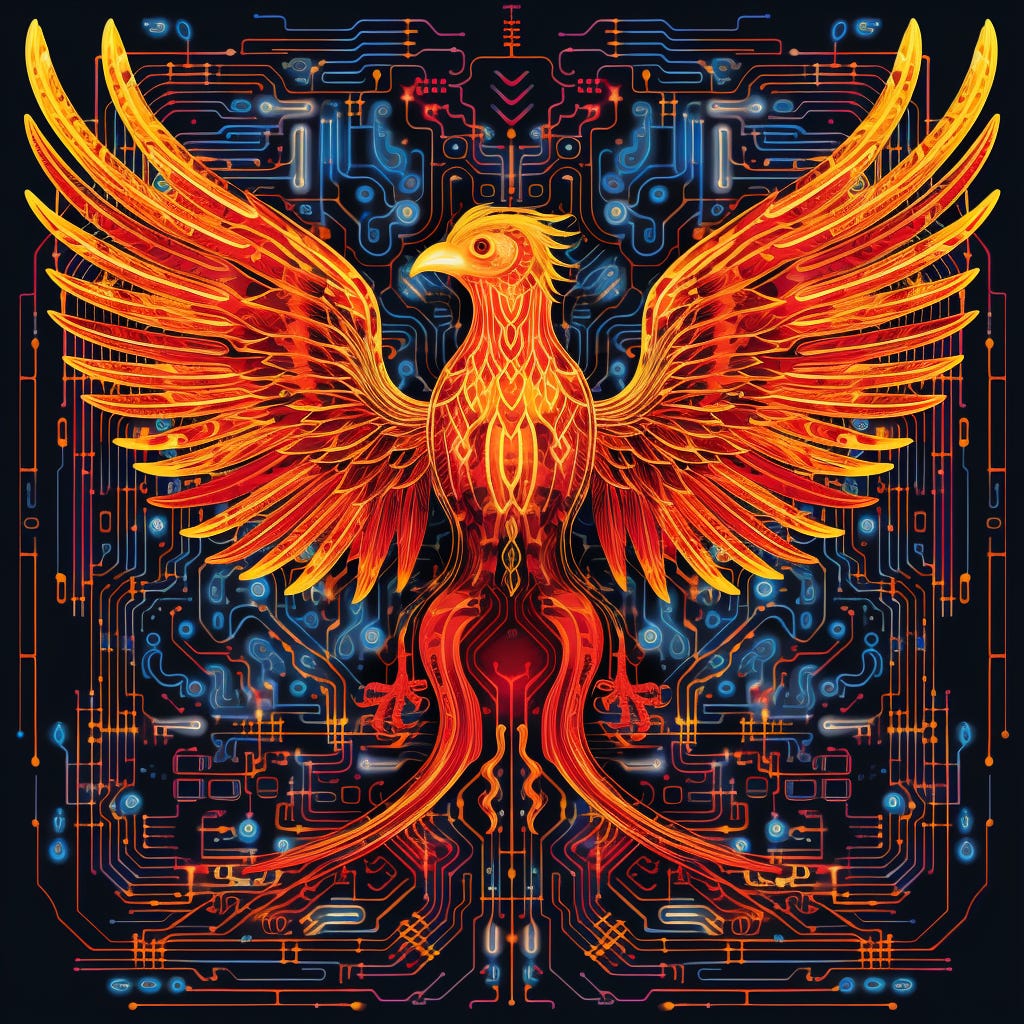China Boosts Semiconductor Subsidies as US Tightens Restrictions
[Chip Capitols back in The Diplomat] Further U.S. restrictions on investments in China have spurred Beijing to up the subsidy ante once again.
The Diplomat kindly published another of my articles, this one on China’s latest semiconductor R&D tax credit increase. I was surprised at how little coverage this revamped subsidy regime got in Western media, so I hope readers will excuse my delaying an article on the finalized CHIPS Act guardrails to dive into this first. Here is an excerpt, and the full piece is available here.
For more of Chip Capitols’ coverage on global subsidies, check out any of these articles: China🇨🇳, the European Union🇪🇺, Korea🇰🇷, Taiwan🇹🇼, France🇫🇷, and Vietnam🇻🇳. Stay tuned for more deep dives.
China Boosts Semiconductor Subsidies as US Tightens Restrictions
Further U.S. restrictions on investments in China have spurred Beijing to up the subsidy ante once again.
Headlines flashed last week as the U.S. Commerce Department finalized guardrails limiting expansion in China by companies receiving subsidies under the 2022 CHIPS and Science Act. Less widely covered, however, was China’s latest round of semiconductor incentives, upping the ante in its effort to reduce reliance on U.S.-controlled technology.
With China already boasting chip subsidies worth at least $150 billion in 2022, on September 19 China’s Ministry of Finance further upgraded the country’s tax credit for investments in semiconductor R&D by 20 percent. This new subsidy comes in the face of U.S. export controls, issued in October 2022 and rumored to be strengthened in late 2023. These restrictions have left Chinese policymakers scrambling for alternatives to advanced U.S.-controlled computer technology. These export controls, as well as the recently finalized guardrails prohibiting chipmakers receiving U.S. subsidies from expanding in China for 10 years, leave Beijing to plan for an economy receiving limited support from foreign chipmakers.
As Nicholas Mulder argued in his 2022 book “The Economic Weapon: The Rise of Sanctions as a Tool of Modern War,” countries facing sanctions often learn to adapt their economies, either by finding new trading partners or by “home-shoring” supply chains. Some industry leaders in China do not agree that it is advisable or even possible to develop an all-domestic chip ecosystem.
Nonetheless, some Chinese policymakers have been more aggressive about domesticating the chip supply chain, branding such policies as part of Chinese President and CCP General Secretary Xi Jinping’s “dual circulation” policy, which seeks reduced dependence on foreign markets. The September upgrade to China’s semiconductor R&D tax credit is the latest sign of a country adapting – and maybe even evolving – under U.S. pressure.
A Long Way to Self-Sufficiency
As U.S. Secretary of Commerce Gina Raimondo visited China in late August, Chinese smartphone maker Huawei released the Mate 60 Pro. To the surprise of U.S. officials, the new Huawei phone featured a chip capable of 5G communications that was allegedly designed and manufactured by China’s semiconductor champion, SMIC. Whether or not SMIC is capable of commercially producing such chips at 7-nanometer process technology, American officials (especially Republican members of Congress) are anxious that Beijing may be close to catching up technologically to the U.S.-led coalition of advanced semiconductor economies.
Rigorous analysis of the chip industry paints a much bleaker reality for China, however. Although China relies heavily on semiconductor imports, accounting for 24 percent of global chip demand, it only contributes 9 percent of the global value-add in developing and producing this technology. China’s General Administration of Customs highlighted that in the first three quarters of 2023, China imported more than $2 billion in chips but exported only $110 million worth of semiconductors, leaving it with a massive trade deficit in this critical technology. In fact, the only stage of the semiconductor supply chain where China commands the largest global share, chip assembly and packaging at 38 percent, is the industry’s lowest value-add step.
Chinese policymakers are increasingly anxious to close this technology gap by subsidizing chip R&D and manufacturing, but key Communist Party officials note that the country’s semiconductor subsidies are too unaligned to effectively face this national challenge. Some 66 percent of China’s semiconductor subsidies come from local governments and only 34 percent from the central government. These provincial and municipal semiconductor investment funds are primarily concerned with promoting economic activity, so many do not consider national supply chain needs when issuing incentives.
Recognizing this reality, a proposal made at this spring’s annual session of the Chinese People’s Political Consultative Conference urged national-level policymakers to align China’s various semiconductor development efforts into “one chessboard,” meaning a single national strategy.
Buying Freedom from Semiconductor Chokepoints
In response to growing economic pressure from the United States, Xi Jinping has stressed that mitigating chokepoints, technologies where China is reliant on foreign providers, should be a pillar of China’s national science policies. In September 2022, he announced the New Whole Nation System (新型举国体制), aimed at making China self-reliant in national security-critical technologies by way of large new central government incentives.
To read the rest of this article, check out The Diplomat.




